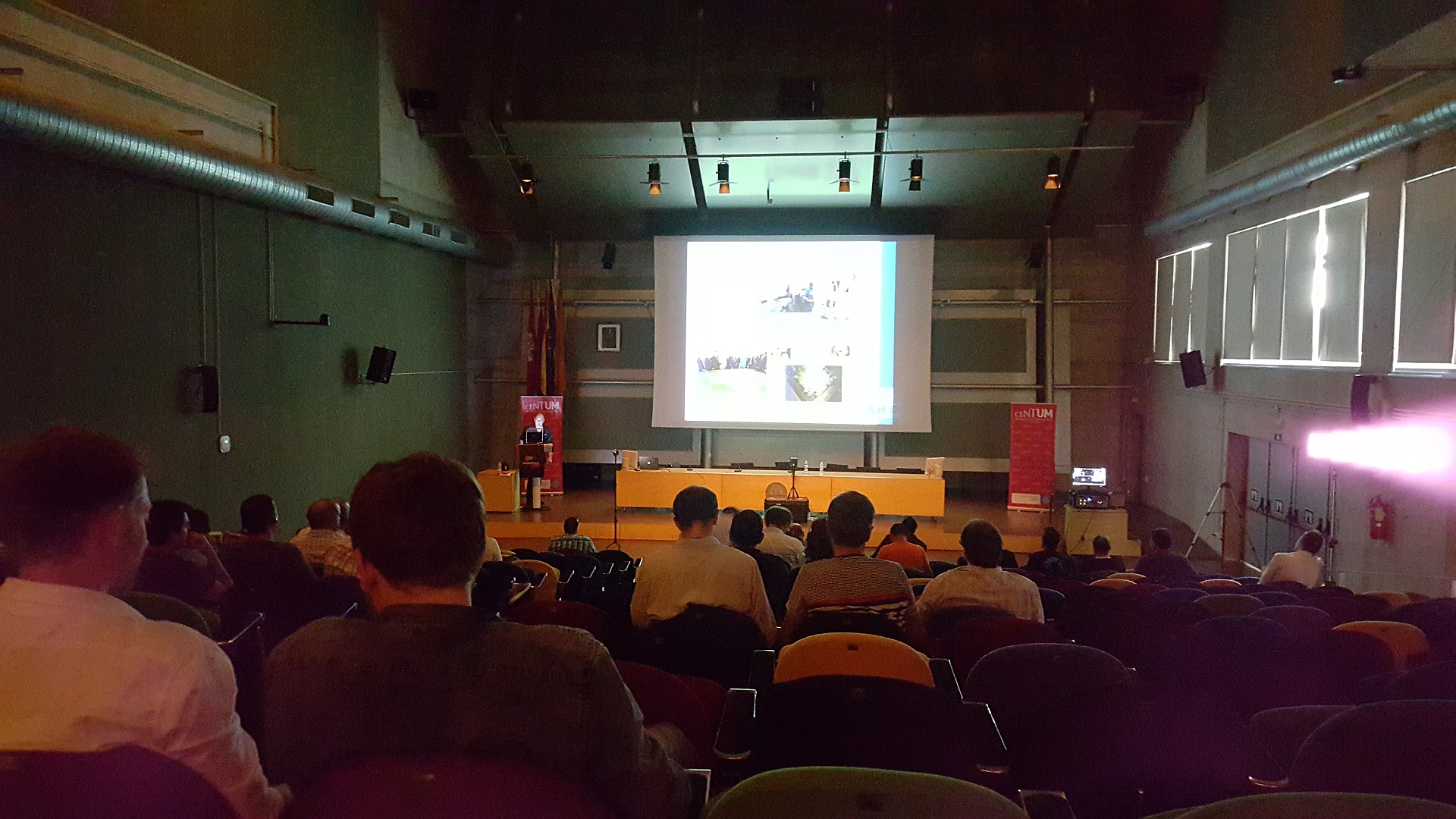CastAR And Nucleus VR's Metaverse At Immersed Europe
The folks at Nucleus VR are developing a quite surprising app that we had the chance to try at Immersed Europe in Murcia, Spain. Basically, it allows you to create your own collaborative metaverse, having total freedom to build anything you want using a library of assets through an intuitive drag-and-drop system. The great thing about this program is that it works using different hardware and software platforms. It supports castAR augmented reality glasses, mobile VR by using Durovis Dive or Cardboard, Oculus Rift DK2 and, soon, Google's Project Tango.
Our test started with us wearing the castAR glasses and looking at the table. We could see the world in isometric perspective, so it was like a realtime strategy game, like the good old Command & Conquer, running in front of us. We found castAR glasses quite comfortable, although they were still a prototype. We didn't have any issues wearing our own prescription glasses inside them, unlike so many other glasses from 3D theaters or 3D TVs where it can be quite awkward.
We found the image quality quite strong; CastAR uses twin 720p projectors and current FOV feels a bit low, so there is a decent amount of DPIs. After talking with more people who tried the glasses, we got mixed opinions about picture quality. In our own experience, we found it was phenomenal, but others complained about washed colors. Given the nature of the glasses, it probably has something to do with the intensity of ambient lighting, which was very low when we tried it.
Back to the experience: Once we were wearing the glasses, we could move around the table and peek in. Tracking could be better -- it lags a bit behind your movements, and you lose it easily if you move far enough, but once you know the limits you can adjust. Both orientation and positional tracking offer mediocre performance, and that aspect of the device needs to be improved before this becomes a consumer product.
The castAR representative took a mobile phone with a VR adapter and a Bluetooth gamepad, and he started moving around and dragging items around the scenery -- some stairs, boxes, and other industrial elements. It was humorous, really, because we saw the small avatar in front of us moving, jumping and looking around, like a good game.
After that we tried the mobile app with the controller, so we entered in first person mode and started building things. Everything was still a prototype and it had some problems, like an incorrect field of view on the phone, and the interface still needs some work, but there is certainly a great deal of potential here.
Overall, we were quite satisfied with the experience, and the Nucleus VR guys told us they are looking for testers and feedback about their app, so if you are interested you can take a look at their page here.
Get Tom's Hardware's best news and in-depth reviews, straight to your inbox.
Follow us @tomshardware, on Facebook and on Google+.
